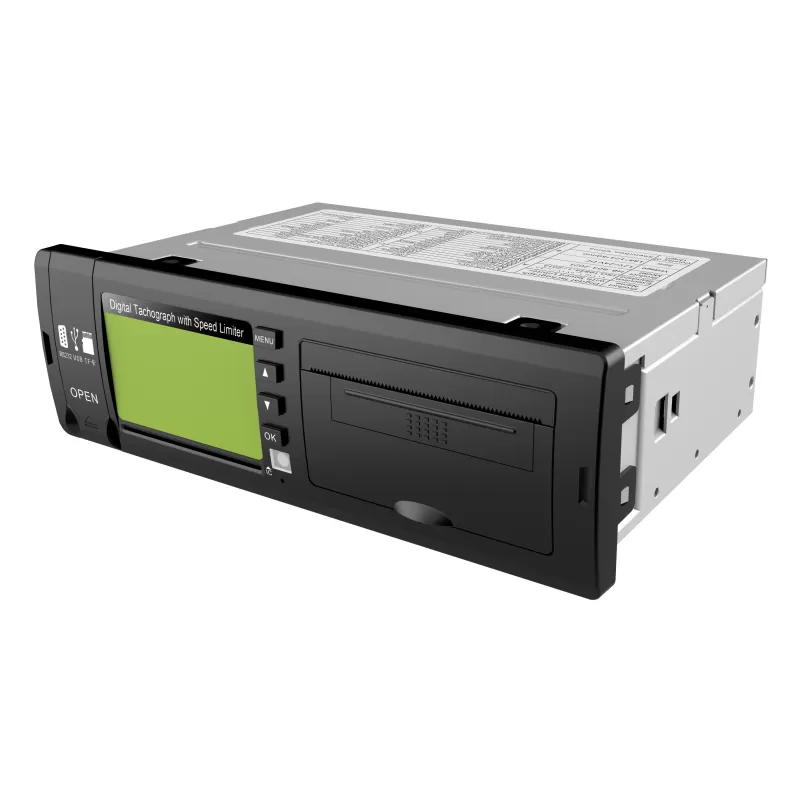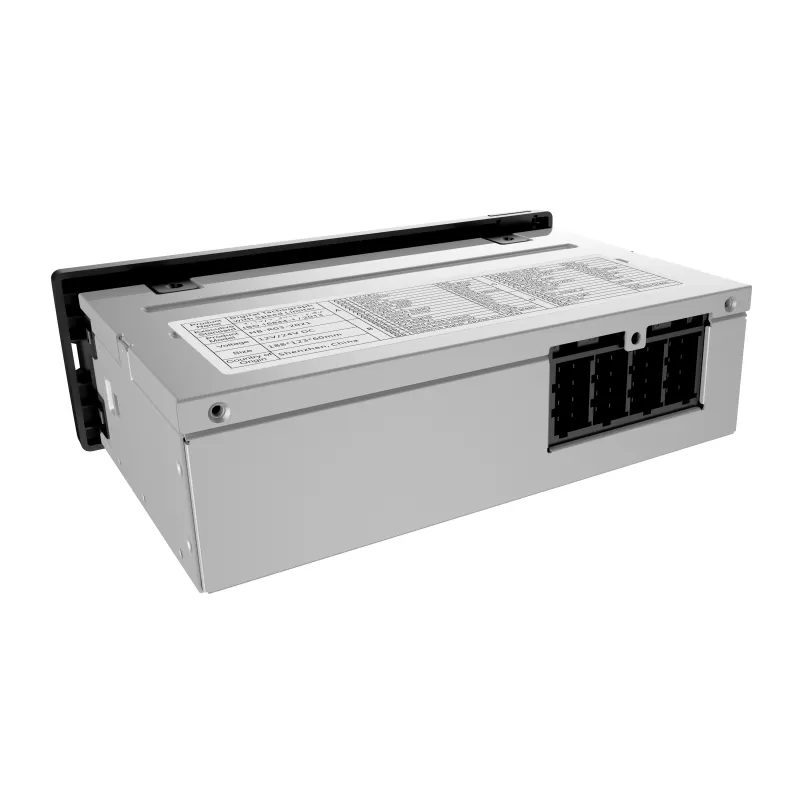A digital tachograph is an essential device used in commercial vehicles to record the driving time, speed, and rest periods of drivers. This data is crucial for ensuring compliance with legal requirements and maintaining road safety. However, there are times when a digital tachograph may need to be reset, whether due to technical issues, after a repair, or as part of routine maintenance. Resetting a digital tachograph should be done carefully to avoid losing important data or violating legal requirements. Here’s a step-by-step guide on how to reset a digital tachograph properly.
Understanding When to Reset a Digital Tachograph
Before proceeding with a reset, it’s important to understand when and why a reset might be necessary. Common reasons include:
- Technical Glitches: The tachograph might malfunction or display incorrect data, necessitating a reset.
- Software Updates: After updating the tachograph software, a reset might be required to ensure the new software functions correctly.
- Repair or Replacement: If the tachograph has been repaired or replaced, resetting may be necessary to clear any previous data and start afresh.
- Driver Card Issues: If there’s a problem with the driver card data, resetting the tachograph might resolve the issue.

Step-by-Step Guide to Resetting a Digital Tachograph
Resetting a digital tachograph should be done cautiously, as it involves handling sensitive data. Here’s how you can reset a digital tachograph:
1. Ensure Compliance with Legal Requirements
Before resetting the tachograph, it’s essential to ensure that you are not violating any legal requirements. Digital tachographs record data that must be retained for a specific period according to local regulations. Ensure that all necessary data has been downloaded and backed up before performing a reset.
2. Back Up Important Data
Download and save all relevant data from the tachograph to avoid losing important information. This data might include driver working hours, vehicle speed records, and rest periods. Most digital tachographs allow data to be downloaded to a USB drive or other storage devices. Make sure you keep a secure copy of this data for future reference.
3. Turn Off the Ignition
To reset the tachograph safely, the vehicle’s ignition should be turned off. This ensures that the tachograph is not actively recording data during the reset process. Disconnecting the power supply to the tachograph helps prevent any potential data corruption.
4. Locate the Reset Button
Depending on the model of the digital tachograph, the reset button may be located in different places. It is usually found on the front or rear of the device. In some cases, you might need a small tool, such as a pin or paperclip, to press the reset button, as it might be recessed.
5. Perform the Reset
Press and hold the reset button for several seconds (typically 5 to 10 seconds). You may need to consult the user manual for your specific tachograph model to know the exact duration. Release the button once the device’s screen turns off or shows a reset message. This process will clear any temporary data or errors, effectively resetting the device.
6. Reconfigure the Tachograph
After the reset, the tachograph may require reconfiguration. This process includes setting the correct date, time, and vehicle details. Follow the on-screen instructions or refer to the user manual to complete this setup. Ensure that all settings are configured correctly to avoid any issues with data recording.
7. Test the Tachograph
Once the reset and reconfiguration are complete, it’s important to test the tachograph to ensure it is functioning correctly. Insert the driver’s card, start the vehicle, and check that the tachograph is recording data as expected. Verify that the date, time, and other settings are accurate.

When to Seek Professional Assistance
Resetting a digital tachograph is generally a straightforward process, but there are situations where professional assistance might be required:
- Complex Issues: If the tachograph continues to malfunction after a reset, it may require professional repair or replacement.
- Legal Compliance: If you are unsure about the legal implications of resetting the tachograph or need help with data management, it’s best to consult with a professional.
- Advanced Models: Some digital tachographs may have more advanced features or reset procedures that require expert knowledge.
Resetting a digital tachograph is an important procedure that should be done with care. By following the steps outlined above, you can safely reset the device, ensuring that it continues to function properly while maintaining compliance with legal requirements. Always back up your data before performing a reset and consider seeking professional assistance if you encounter any difficulties.
At HBOIOT, we offer a wide range of video telematics systems and have a listen first approach that enables us to ensure the solutions we build meet your requirements. Switch to video telematics today with HBOIOT and turn your data into decisions.
